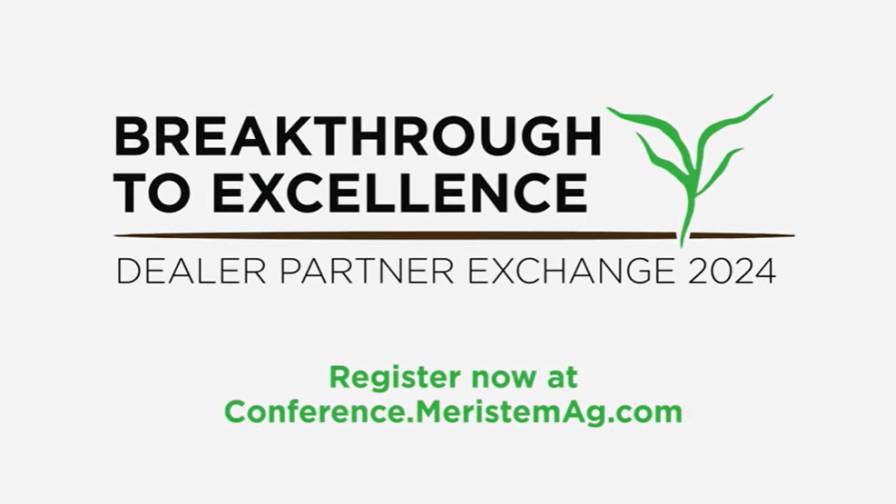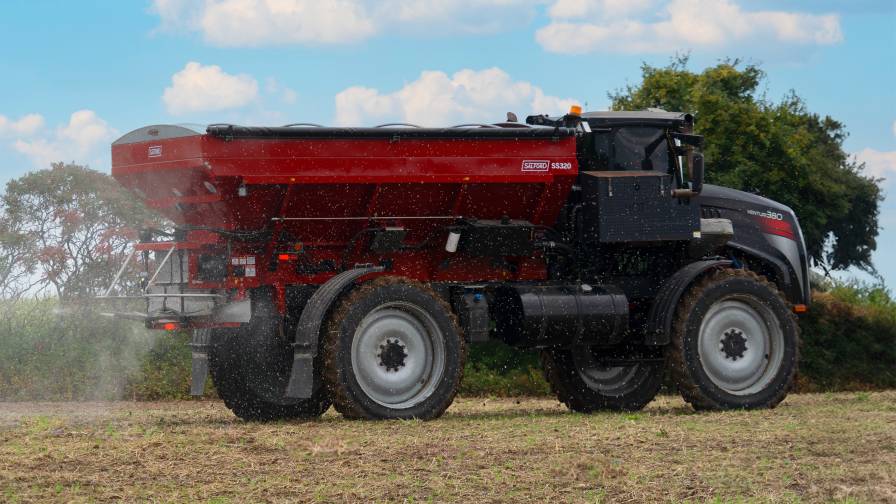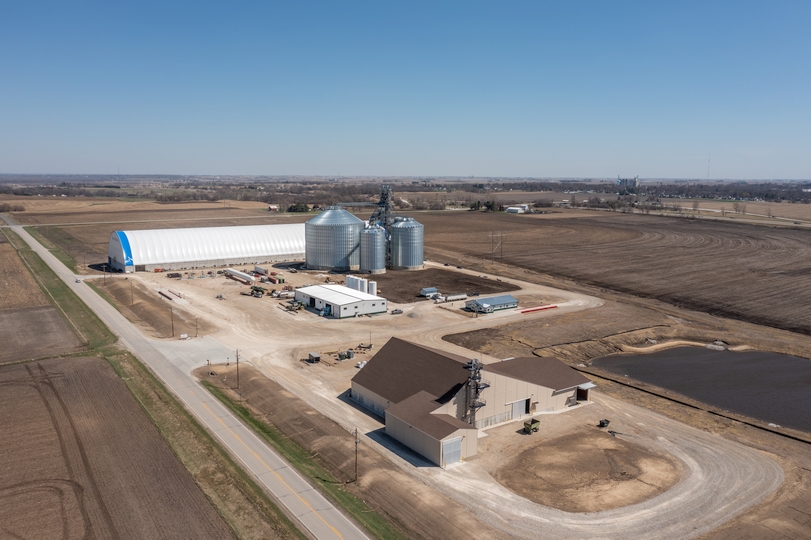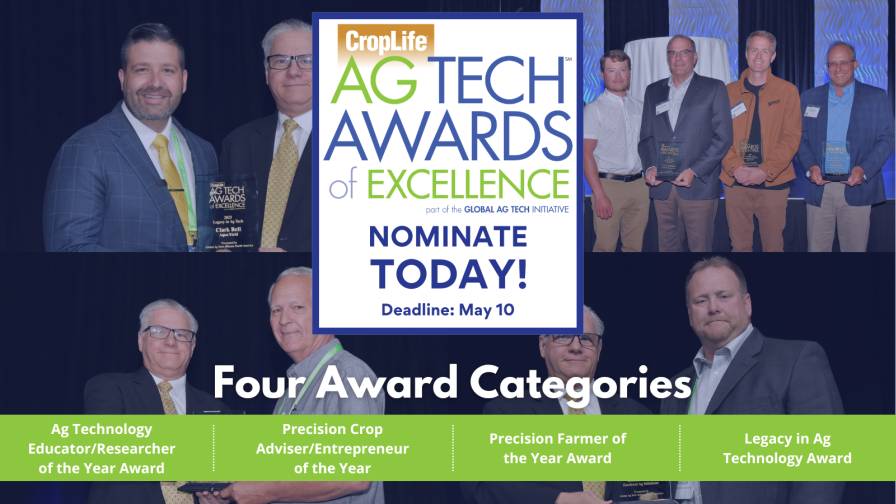Sustainability and Carbon Panel: Ag Retailers Share Three Key Takeaways
While new and emerging initiatives for sequestering carbon and supporting sustainability goals are top of mind for ag retailers and grower-customers, there is still much that is unknown and unsettled. Doing nothing to prepare as these programs mature is not an option, but what should retail focus on to be as ready as possible?
The recent PACE Executive Series live online event, “Carbon and Sustainability Programs: Finding the Future for Ag Retail,” featured perspectives from three leading retail managers who are in the thick of helping their organizations understand the challenges and opportunities and develop a clear path forward.
This article highlights some key takeaways from the hour-long discussion, featuring Lance Ruppert of GROWMARK in Illinois, Matthew Carstens of Landus Cooperative in Iowa, and Aaron Sindelar of Central Valley Ag in Nebraska.
Talk about your work on sustainability and carbon sequestration programs to date.
Aaron Sindelar: I think everybody is trying to understand how they can leverage these programs for their customers. How do we embrace this concept of sustainability, and how do we bring more value to our customers, how do we monetize it?
At Central Valley, we are being challenged to think about the issues beyond just as an input provider. How do we respond to what consumers are telling us they want? It’s difficult because farmers don’t generally like change, and don’t like being told how to grow their crops or what type of specific product they need to grow. If we can kind of spin it around and show that if we adopt these practices and conservation strategies that we can enhance the value of the farmer’s products, it’s a real opportunity for us, and it is really our responsibility as a retailer to go find that value for them.
Lance Ruppert: We’ve been looking at carbon and trying to get educated for the last 11 months or so. We looked at a lot of different programs and we did announce a partnership with Indigo this past summer. We’ve got FS companies across our geography engaging growers on that specifically, so it’s good to start bringing information and education to our customers.
There’s a lot of curiosity among growers, but not a lot of specific information about programs in general and the carbon markets specifically. It can be a bit overwhelming and confusing, and we’ve heard stories from the field that there’s misinformation out there, too. But it’s important that no matter what specific program we may be bringing to the market that there is good clarity of information.
Matt Carstens: Aaron and Lance, both said it well — the farmers really are in a state of uncertainty and confusion. This is new and there is some misunderstanding and lack of clarity across the board. I think it is the role of that ag retailer to help farmers understand that journey. The more we can provide those answers through the ag retail network, clarifying for the farmer the programs and the benefits, the challenges, opportunities, and watchouts, the better these initiatives are going to roll out.
Here are three key takeaways from the webinar:
1. Embrace the trusted advisor role in helping grower-customers the best path forward.
The panel agreed that there needs to be a strong level of internal commitment to gaining an understanding of sustainability and carbon programs, and how to advise farmers on their own approaches.
“We’re facing mounting issues with water quality here in Nebraska, and the focus on the environment is becoming more critical here and across the Corn Belt,” said Sindelar. “We need to be educated, and we need to respond to our customers’ questions and goals related to sustainability and carbon. The emphasis within our organization to provide value and expertise within sustainability and conservation is really the building block that is allowing us to have the success we’re having so far, and being able to make the commitment to help growers navigate this space.”
The challenge in the sustainability space is that building programs, working with partners, and engaging with grower-customers is a unique skill set compared with traditional transactions at the cooperative, he continues. “It’s a more solutions-based mindset we are looking for internally. This emphasis within our organization to provide value and expertise with sustainability and conservation has been the building block for the success we’re having so far as we commit to helping growers navigate this this space.”
For its part, Landus has created its GROW Solutions Center to handle unique grower problems and issues, and Carstens says sustainability and carbon questions and concerns from customers to be directed to this dedicated group of employees. “They are experts that understand this market that are living in it every day,” he said. They spend a lot of time on the data aspect of our service program, and we are equipped to talk about carbon and sustainability.”
2. Downstream partners are still developing these programs, making it difficult to chart a specific course forward.
When you talk about the downstream entities that are driving sustainability programs — consumer packaged goods (CPG) manufacturers, food retailers, and the consumers themselves — they are the ones making the rules and that drive that behavior that feeds up that chain. For better or worse, says Carstens, there are still a lot of misconceptions about what’s possible on the farms they work with.
“Helping the downstream groups understand that every acre isn’t created equal and that we’re not going to be able to do the same thing on every acre, is important,” said Carstens. While the upstream agribusinesses need to listen to and understand the consumer, they must also educate them on what’s actually possible upstream. “I think there’s a bridge that need to be completed to get there. “There is still a gap and it’s pretty glaring.”
“On the food company side, I would say that almost all of them have their own definition of sustainability,” added GROWMAR’s Ruppert. “Some uniformity on what sustainability means across multiple food companies would be a hope in the near future, but I don’t know that that’s ever going to happen.”
3. The data aspect is extremely important to evolving sustainability and carbon programs.
In the face of downstream uncertainty with sustainability and carbon programs, retailers can and should focus on collecting and recording as much valid data they can for farmer customers. Landus’ Carstens said it as plainly as possible: If you don’t have the data right there is no market for us in sustainability and carbon programs.
Landus’ GROW Solutions Center was created in part for the purpose of helping farmers to collect data more effectively and accurately, which will fuel opportunities to turn that data into action as a part of sustainability initiatives and carbon programs. “We believe this has to sit in a different area within our business,” said Carstens, “because it’s simply too complex right now. Connectivity and compatibility are not where they need to be, and Landus should be able to help make it as simple as possible.”
GROWMARK’s Ruppert agreed that data is critically important as is leaning on their most data-literate employees to take the lead on learning with carbon and sustainability programs.
“We’re not going to invest a lot in specific hiring for these initiatives, but we’re trying to be prepared and get our feet underneath us so when it’s time to scale, we have the foundation laid and we can scale it up quickly,” said Ruppert. “So, we’re relying on those who are already deep into data, like our precision coordinators, and will call on our crop specialists and agronomy salespeople to help growers navigate through practice changes that would be added for a carbon program enrollment. We’re trying to divide and conquer a little bit.”






